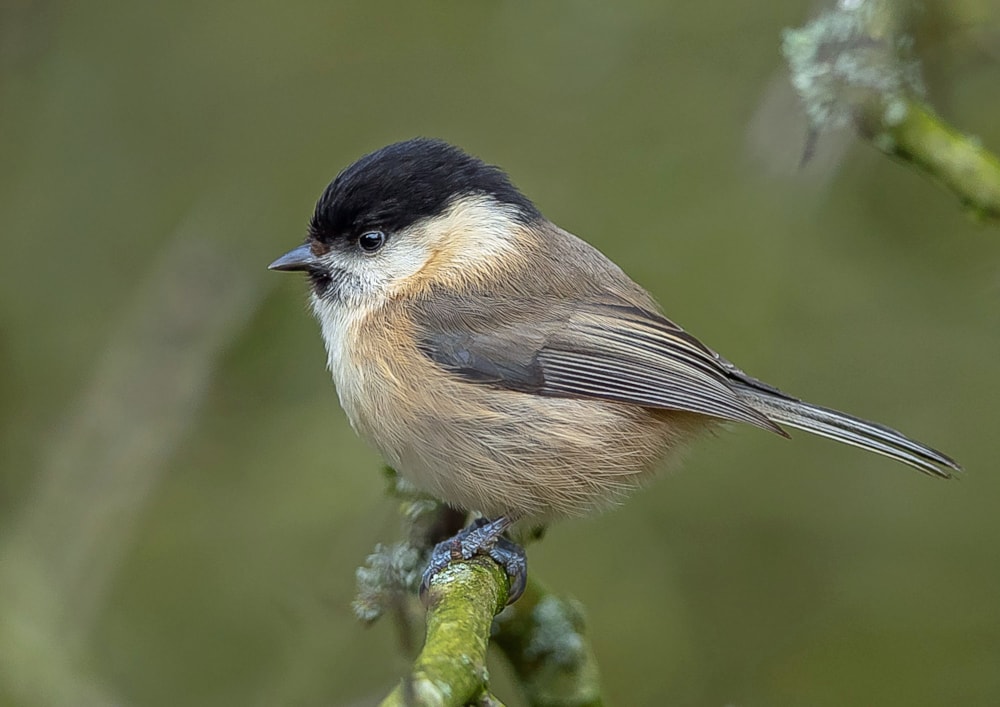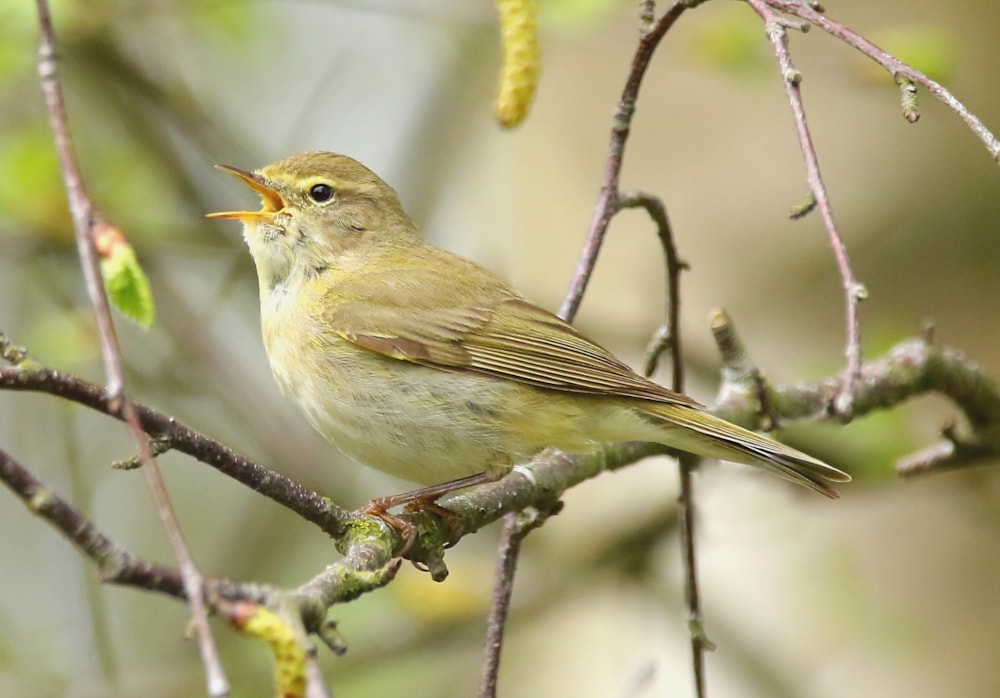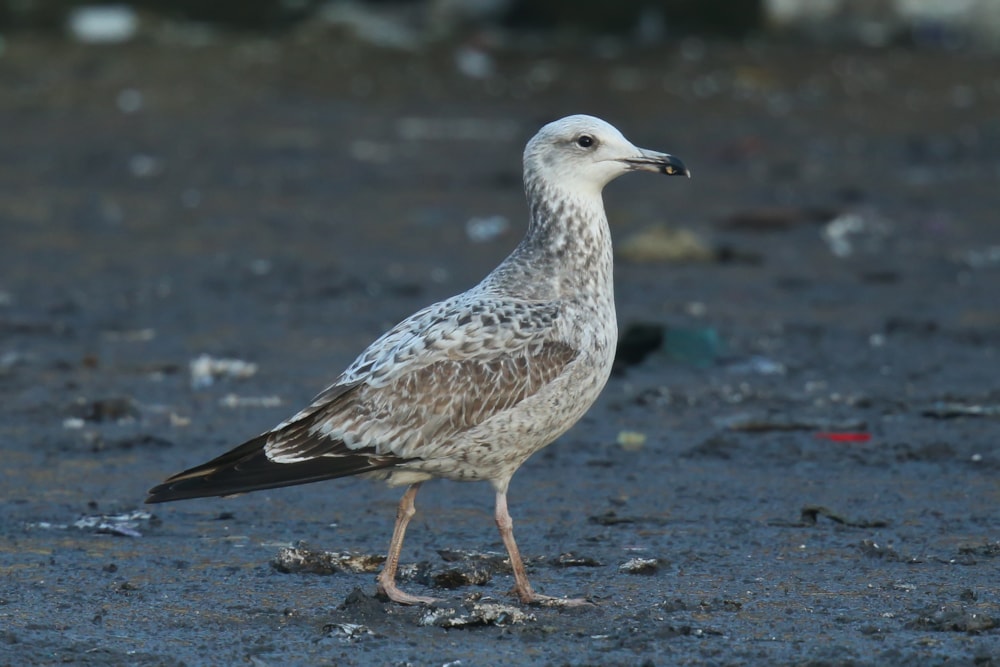Coldfall Wood is a beautiful stand of ancient woodland barely a stone's throw from where I live in north London. Given the lifespan of oaks, some of the older trees would have been already established back in 1897, when this site made ornithological history. Two birds killed there were sent to the Natural History Museum at Tring and identified as Willow Tits, one of them becoming the type specimen for the endemic British subspecies kleinschmidti. Along with two more specimens from nearby Hampstead found among Marsh Tit skins at the museum, they were the first national records of Willow Tit – prior to 1897, all black-capped tits in Britain were assumed to be Marsh.

A tit obtained at Coldfall Wood, close to where Dominic lives in North London, became the type specimen for the British subspecies of Willow Tit (Roy Peacock).
Farther west in north London lies Brent Reservoir, a site which attracted considerable interest from gun-toting ornithologists in the Victorian era. A number of notable rarities were 'collected' there, but it was an altogether rarer 20th-century visitor which gave the reservoir its biggest claim to fame. In June 1972 a Phylloscopus warbler with an unusual song caught the attention of a local birder, and fortunately it was also tape-recorded. This audio evidence subsequently proved crucial in confirming Britain's first Iberian Chiffchaff. Then considered a subspecies, it wasn't until 1998 that the Records Committee of the British Ornithologists' Union (BOU) elevated it to species level. By that time there had been just one other British record, another sound-recorded singing male on Scilly in spring 1992.
These two rather different events have something in common. After the initial realisation that something unfamiliar was involved, more discoveries were to follow. Before long, Willow Tits were found to occur in widespread areas across England and Wales and as far north as Wester Ross in Scotland. Latterly, greater familiarity with the species' field marks and calls has also helped observers track its substantial decline in numbers and range. It has long since vanished from London.
It took longer for birders to get to grips with Iberian Chiffchaff – hardly surprising given its rarity status in Britain – but the species is now an expected overshoot each spring, and several have been recorded annually in the last few years. This could be a new phenomenon, at least in terms of numbers, but it seems likely that Iberian Chiffchaff must have occurred more often in the past and was simply overlooked.

Iberian Chiffchaff has rapidly increased in Britain in recent years – increased observer awareness, a genuine upward turn in occurrence, or a combination of both? (Jaz Hughes).
Visiting gulls
There are other examples of 'new' species hiding in plain sight, perhaps the best being Caspian Gull. No one had heard of this larid 25 years ago but pioneering field work in the mid-Nineties, particularly by the late Martin Garner, established that the species – then 'officially' still lumped within European Herring Gull – was a regular visitor to Essex in small numbers. His series of records from the now-defunct Mucking Tip put the species firmly on the radar, and when details of the first British occurrences appeared in the Rarities Committee report for 2002, no fewer than 75 accepted records were published simultaneously.
Inevitably, there was speculation as to whether 'Casps' had also been overlooked in the past or if there had been a recent westward range expansion. Both may be true. An old record from Dorset in winter 1992-93 was subsequently accepted as the first for Britain, but counts of Caspians at well-watched sites have clearly been increasing in recent years and this species does appear to be becoming more frequent.

Even now, British birders are still getting to grips with the variability of Caspian Gull – this is a first-winter bird (Lee Gregory).
What other birds might we be overlooking? It's easy for expectations to be governed by what we already know, but there are surely similar discoveries still waiting to be made. If the various Old World crossbill forms are ever reassessed, could one of the cryptic vocal types from the Continent occur in Britain? Maybe, but I won't hold my breath, especially given questions surrounding Scottish Crossbill. Stonechats have also been a talking point, with the vagrant Stejneger's from eastern Asia now seemingly 'doable' in the field, yet European Stonechats of the nominate continental subspecies rubicola are still not on the BOU's British list, despite probably breeding here.
Geese, ducks, skuas, gulls, auks, 'acros' and wagtails are among the other possibilities that deserve closer scrutiny. There are definitely challenges out there, perhaps even in a local wood or wetland near you, and every birder with an enquiring mind can play a part in solving the puzzles.


